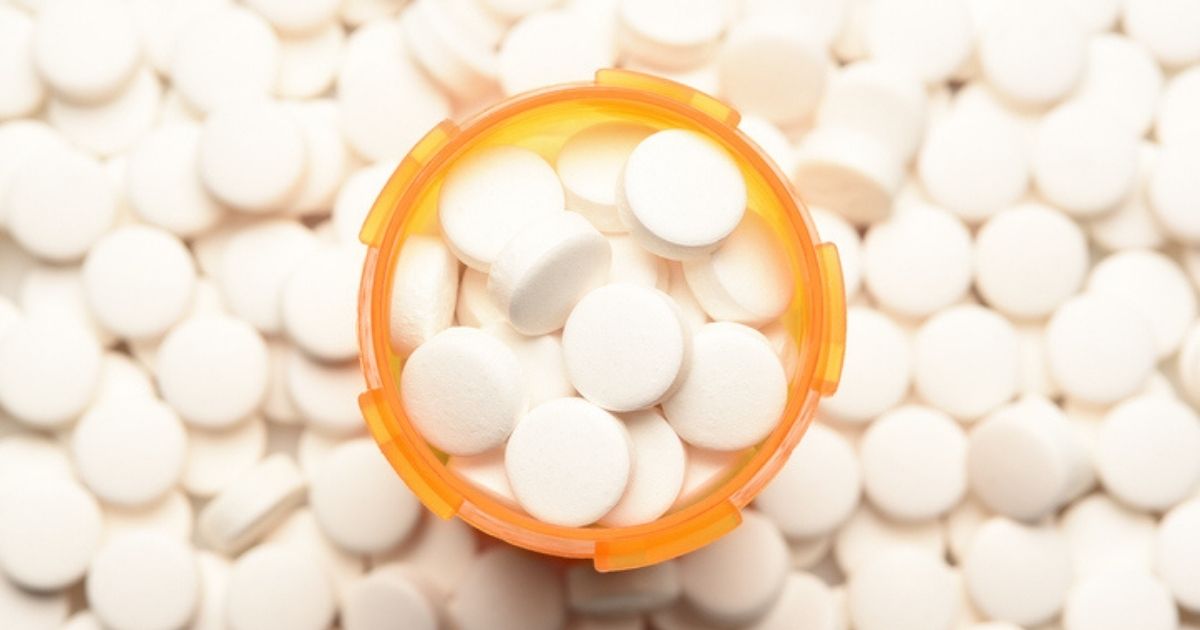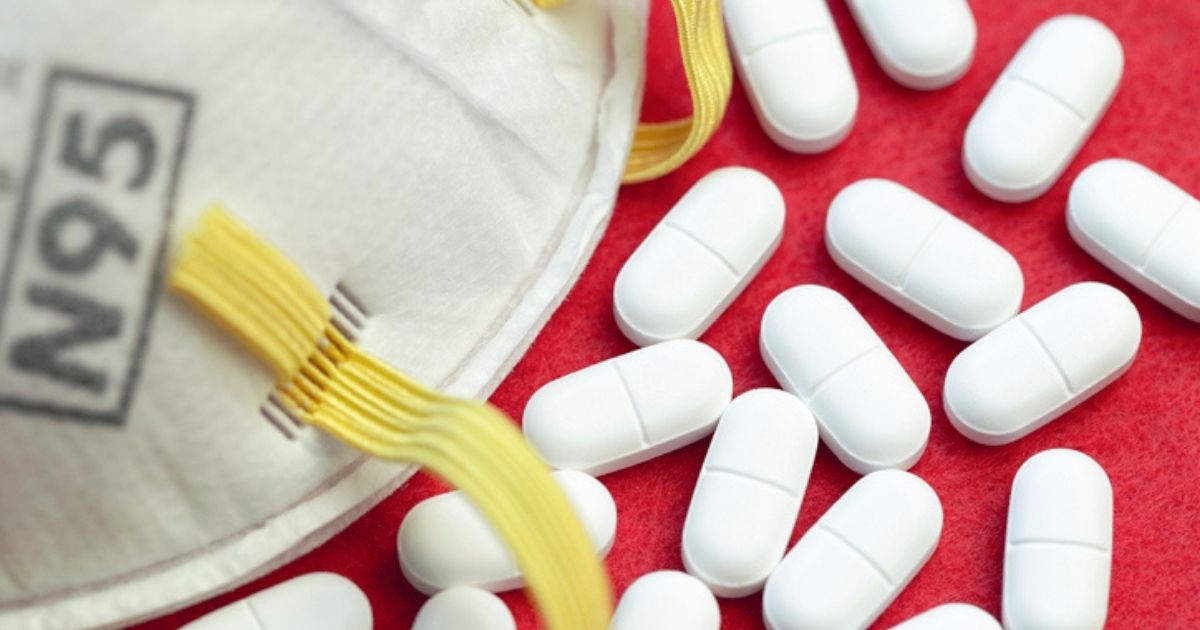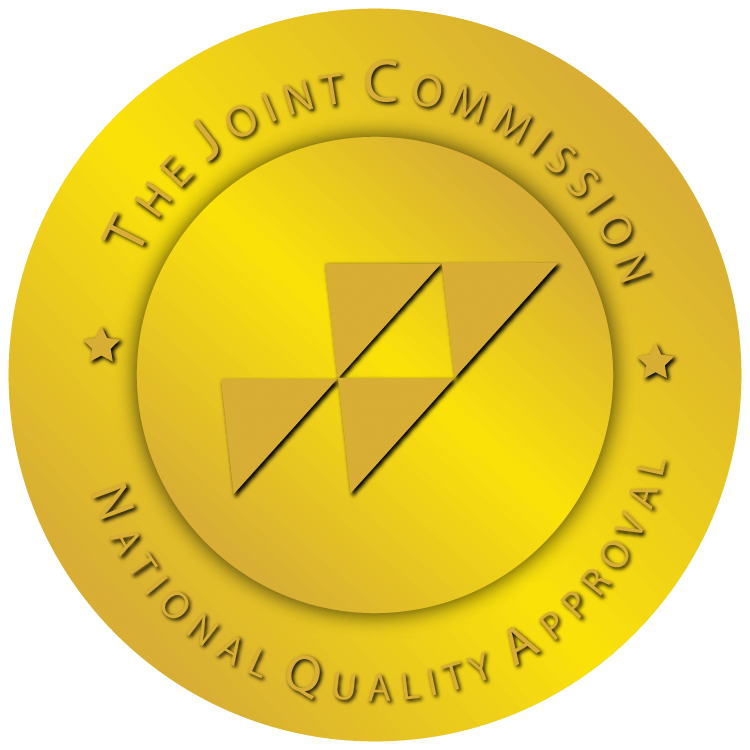
Throughout the United States, the opioid crisis continues to rage on. What began in the 1990s with a significant increase of opioid pain medication prescriptions and reverberated in the 2010s with a sharp rise in heroin-related deaths has proven extremely challenging to combat.
Fortunately, the fight against this epidemic is also growing stronger as the years go on. That is certainly the case in Maryland as 2021 draws to a close. Not only are opioids highly addictive, but they are also incredibly dangerous when taken improperly. The CDC now maintains that opioids should not be consumed as a part of long-term treatment, nor should any individual take more medication than is directed by their doctor.
Patients who take opioids frequently for long periods of time or against doctors’ orders run a significant risk of developing a dependence upon these drugs. A few of these types of drugs include fentanyl, hydrocodone (Vicodin), oxycodone (Percocet or OxyContin), morphine, codeine, and more. Worse, not all opioids come in the form of legally prescribed pain medication—heroin is an illegal opioid some people addicted to prescription opioids turn to when the prescription versions become too difficult to obtain or too expensive.
Maryland has been impacted deeply by the opioid epidemic. However, it is worth noting that in 2021, screening, treatment, and prevention initiatives within the state are increasing by the day.
The National Opioid Crisis

The United States’ opioid crisis is well-documented, meaning that opioid addiction statistics circa 2021 aren’t difficult to come by. Though the first and second waves of the crisis were thought to have peaked, it is clear from the current statistics that the crisis is still active.
Consider this: each year in the United States, around 50,000 individuals die as a result of an opioid overdose. It is telling, perhaps, that this number settled at 49,860 deaths in 2019. Sadly, this statistic is clear evidence of how severe the opioid crisis has continued to grow over the past two decades. The same study reveals that, between 1999 and 2019, the number of overdose deaths attributed to opioids rose by a staggering 519%.
So, what’s to blame for this increase? On a national level, opioid deaths seem to be the result of synthetic opioids, including prescription drugs. This is the case for around 68% of opioid-related deaths throughout the country. In particular, fentanyl-related deaths have become especially common: of all overdose-related deaths in the United States, nearly 20% of these are a direct consequence of either fentanyl or fentanyl analogs.
Even when opioids don’t result in overdose or death, they can still take a devastating toll on the user. As a result, the most recent count of opioid users in the United States is particularly concerning—in 2019, over ten million individuals over the age of twelve abused opioids. On a more positive note, the number of opioid users dropped by 1.5% between 2018 and 2019. Nevertheless, the numbers are still indicative of a serious national health crisis.
Opioid Addiction in Maryland: The Stats in 2021
Over the years, awareness of the opioid crisis as it exists in Maryland has grown increasingly widespread. This is a positive step, especially when it comes to the advancement of treatments and preventative programs. Without awareness, it would be far more difficult for these initiatives to gain traction within the state and far less likely those suffering from opioid addiction could access them.
Rates of Opioid Use & Overdose in Maryland
In 2020, Maryland saw a total of 2,499 opioid-related fatalities, according to the Maryland Opioid Operational Command Center’s annual report. Of all fatal drug overdoses throughout the state, 90.1% could be attributed to opioid abuse. This percentage is higher than it ever has been before, at any point in Maryland’s opioid crisis.
Maryland’s fentanyl-related deaths seem to be the most widespread issue. In fact, a whopping 2,326 of the aforementioned deaths were the result of fentanyl abuse. This means that of all the opioid-related fatalities in 2020, over 93% were directly related to fentanyl. Although this powerful and highly addictive painkiller is a prescription medication rather than an illegal drug, that doesn’t negate just how dangerous and deadly this substance can be.
Another interesting note is that fentanyl didn’t always play such a prominent role in Maryland’s opioid crisis. In fact, as recently as 2016, only 53.6% of the state’s fatal overdoses were due to fentanyl. Over the years, this number has continued to creep higher, as fentanyl seems to take over the state’s illicit opioid supply.
Of course, not all opioid-related deaths and overdoses are the result of illicit use of illegally obtained drugs. It is also possible for individuals prescribed the painkiller by their physician, with a legitimate medical reason, to experience an accidental overdose.
According to the Maryland Opioid Operational Command Center’s annual report, 445 fatal opioid overdoses occurred in individuals with a prescription from their doctor. This is another number that has seen an increase within the state, having risen from just 369 deaths in 2019.
How Has COVID-19 Impacted the Opioid Crisis?

One consequence of the COVID-19 pandemic that is often overlooked is its impact on overdose deaths. Over the first half of 2020, Maryland saw nearly 2,000 fatalities related to overdose. This number is notably higher than it was the year prior, with an increase of over 9%. By the end of 2020, the state of Maryland had experienced 2,773 overdose deaths. The year prior, this number was only 2,379, marking an increase of around 18.7% between 2019 and 2020. Further, over 90% of these overdose-related fatalities could be attributed to opioid use.
This increase may be attributed to the pandemic’s many economic consequences, as well as the disruption of key medical services due to the healthcare system becoming overwhelmed by the virus. As treatment became less accessible to the public, the number of opioid-dependent individuals (and opioid-related deaths) began to increase.
In addition, the stress caused by the pandemic may have also contributed to this rise in overdoses. This is especially true for individuals who were in recovery from opioid abuse—the extreme stress many faced due to COVID-19 could have driven some individuals back to using opioids.
Efforts to Fight Opioid Addiction in Maryland
Given the current severity of the opioid crisis in Maryland, several efforts have been made to mitigate the damage. Many of these efforts are recent, having been established within the past two years.
The Maryland Stop Overdose Program
Citing the increase in opioid-related deaths and overdoses since the start of the pandemic, Maryland’s state government decided to take action. Earlier in 2021, Lt. Governor Boyd K. Rutherford announced the Maryland Stop Overdose Strategy, also known as Maryland SOS.
This large-scale campaign takes an interdisciplinary approach to combatting opioid abuse throughout Maryland. The Maryland SOS campaign strives to provide key resources to those in the state who are currently struggling with substance use disorders. An important aspect of the campaign involves providing $4 million in block grants to each of the state’s 24 districts. These grants will be awarded during the 2022 fiscal year.
Using the funds provided by the Maryland SOS campaign, each district will be provided the means to support treatment initiatives, local prevention, and enforcement. This will all be directed by various Opioid Intervention Teams (OIT). Each of these teams will represent one of the 24 local jurisdictions across Maryland. The OITs will closely examine the local needs of each jurisdiction to ensure that the funds are allocated based on the needs of the population. This way, it will be considerably easier for those already within each region to work to combat substance abuse.

In the summer of 2021, state and local leaders hosted several town halls for the people of Maryland. These events allowed a variety of Marylanders from a wide array of backgrounds to speak about how the opioid crisis has impacted their lives. Notably, these town halls were held in regions that have seen the steepest increase in opioid-related overdoses and fatalities.
One of the primary intents of these events was to accurately identify the current gaps in resources, especially in the state’s hardest-hit jurisdictions. This information can help determine how funding is distributed and what services should be prioritized. All new initiatives will be funded by the Opioid Restitution Fund.
Maryland COVID-19 Inter-Agency Overdose Action Plan
In mid-2020, the state of Maryland took its first action to help prevent substance-related deaths during the COVID-19 pandemic. Namely, this early action came in the form of the Maryland COVID-19 Inter-Agency Overdose Action Plan. This is one of the most important pieces of opioid-related legislation to be released within the past couple of years. In order to create this plan, the Opioid Operational Command Center (OOCC) partnered with the Maryland Department of Health.
It quickly became clear that the conditions of the pandemic would make it difficult for addiction treatment services to run as intended. So, the Overdose Action Plan was put in place to bring attention to actions officials could take to ensure that those looking for treatment had the resources they required. These services could belong to any stage of emergency response and included a mixture of new strategies as well as those that had already been identified as the OOCC’s priorities.
The plan also included tactics and strategies from three different categories, including:
- Prevention & Education
- Enforcement & Public Safety
- Treatment & Recovery
Within each of these overarching categories, the plan outlined strategies, tactics, goals, and implementation partners that could be used to fight opioid abuse in Maryland.
Telemedicine and Treatment of Substance Use Disorders

Another fascinating development in opioid treatment has occurred thanks to the University of Maryland’s School of Medicine. During summer 2021, research showed how telemedicine coupled with a mobile treatment unit can be effectively used to treat and screen for opioid abuse. In particular, it is hoped that a mobile unit can aid those in Maryland’s rural regions who might not have convenient access to treatment services.
Over the course of the study, the mobile clinic was deployed to treat a total of 94 rural patients struggling with opioid addiction along Maryland’s east shore. Upon visiting the mobile clinic, participants could interact with a counselor, a nurse, and a peer recovery specialist. Counseling and screening services could occur in person, although it was also possible to speak with a
physician using a videoconferencing link. Anti-use medications could be prescribed electronically, if necessary, and sent to the patient’s pharmacy.
Through this recent research, experts determined that telemedicine-based treatments are equally effective as traditional brick-and-mortar substance use disorder services. It was also found that the mobile unit helped reduce illicit opioid use in the majority of its patients. Thanks to these findings, researchers now hope that the results can be replicated throughout the state. With additional mobile clinics, individuals with limited health care access will still be able to receive expert treatment if they’re battling an opioid dependency or addiction.
Combat Opioid & Substance Use Disorders at Maryland Recovery

As troubling as the recent opioid use statistics are, this doesn’t mean that there’s no hope for those experiencing opioid addiction. In fact, quite the opposite—Maryland Recovery is the state’s top treatment center for those fighting opioid addiction or dependency, and we applaud increased efforts by the state to truly address and bring awareness to the opioid epidemic. For our part, we take a unique approach to treating this harmful addiction.
At Maryland Recovery, we don’t stop at treating chemical dependency—we address every stage of the recovery process.
This includes (but is not limited to):
- Support to help maintain long-term abstinence
- Rebuilding healthy relationships with friends or family
- Learning about financial responsibility and developing positive fiscal habits
- Finding a sponsor or group home to continue recovery
Maryland Recovery blends recovery home accommodations with high-quality outpatient treatment services, intended to create the sense of an inpatient program without the need to enroll in one. Browse our site to discover more about our philosophy.
Reviewed by Christopher Schwartfigure MS, LGPC, CAC-AD








